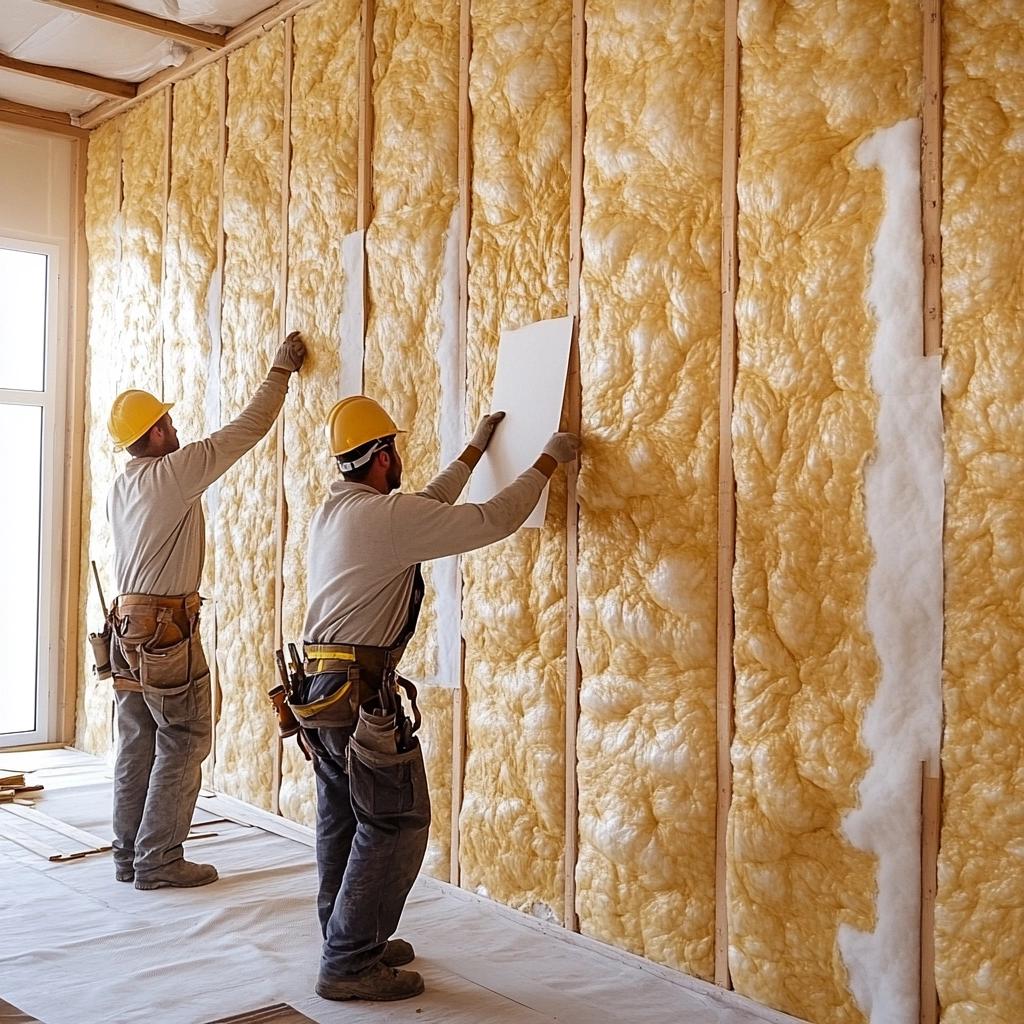(Akiit.com) If you’ve ever worked, lived, or even visited a busy place, you know that constant noise can be more than a nuisance—it can disrupt focus, interfere with conversations, and even impact well-being. From bustling office buildings to apartments located near highways or railways, high-traffic areas demand solutions that effectively manage sound. This is where acoustic insulation batts come into play.
What Are Acoustic Insulation Batts?
Acoustic insulation batts are specialised materials designed to absorb and dampen sound, making spaces quieter and more comfortable. They’re typically made from dense materials like fibreglass, mineral wool, or polyester, crafted to reduce noise transmission between rooms or from external sources.
In essence, acoustic insulation batts don’t just “block” sound—they absorb and disperse it. This ability to prevent sound waves from bouncing around allows them to keep noise levels low, even in high-traffic areas. So, while other solutions might simply create a barrier, acoustic batts are an active part of sound management within a space.

Why Use Acoustic Insulation in High-Traffic Areas?
It might seem obvious that less noise is better, but there are specific, measurable benefits that come with using acoustic insulation batts in high-traffic locations.
- Comfort and Privacy – Noise can disrupt sleep, affect mental well-being, and even lead to increased stress. Acoustic batts create a buffer, providing a more relaxed and private environment.
- Productivity in Workspaces – Offices, especially open-plan ones, can be breeding grounds for noise distractions. By cutting down sound transmission, acoustic batts help employees stay focused and productive.
- Enhanced Communication – In places where conversation clarity is essential, like classrooms or conference rooms, reduced noise levels mean voices carry less and communication improves.
- Compliance with Noise Regulations – In some areas, building codes require certain soundproofing levels, particularly in residential and commercial spaces. Acoustic batts are an effective way to meet these standards.
- Value Addition to Property – Sound insulation increases the appeal of a property, especially in noisy neighbourhoods. Enhanced soundproofing is a major plus for potential buyers or tenants.
How Do Acoustic Insulation Batts Work?
Acoustic batts control noise through two main principles: absorption and transmission loss.
Absorption is about trapping sound waves within the batt material so they dissipate instead of reflecting back into the space. Dense materials with a lot of surface area do a particularly good job of this, as they prevent sound from bouncing around the room.
Transmission Loss happens when sound waves try to pass through a wall or partition where the batts are installed. The thicker and denser the insulation, the less sound makes it through. This is why acoustic batts are often used between walls, floors, and ceilings—places where noise commonly leaks.
Together, these mechanisms create a significant reduction in sound levels, making a busy room sound much calmer. It’s not about complete silence; rather, it’s about making sure that the sound that does get through is much softer and less disruptive.
Types of Acoustic Insulation Batts
Not all batts are created equal, and choosing the right one can make a big difference in the results. Here are some of the most common types of acoustic insulation batts:
- Fibreglass Batts – Often used for their affordability and effectiveness, fibreglass batts are great for absorbing mid to high frequencies. They’re also fire-resistant, making them a popular choice for commercial spaces.
- Mineral Wool Batts – Known for their density, mineral wool batts are highly effective at both absorbing and blocking sound. They’re also water-resistant, so they hold up well in areas with moisture, like basements.
- Polyester Batts – For a more eco-friendly option, polyester batts are made from recycled materials. They’re safe to handle without protective gear and are commonly used in residential settings.
- Cotton Batts – Made from recycled cotton fibres, these batts offer solid sound absorption. They’re often used in spaces where environmental impact is a priority.
- Hybrid Batts – These combine different materials to achieve a balance of sound absorption, durability, and cost-efficiency. Hybrids are common in buildings where a combination of high performance and budget considerations are key.
Installation Considerations
Installing acoustic batts isn’t complicated, but there are a few things to keep in mind to maximise their effectiveness:
- Wall, Ceiling, and Floor Placement – Acoustic batts are most effective when placed in walls, floors, and ceilings, where sound typically travels between rooms.
- Air Gaps – A small air gap between batts and the wall surface can help improve sound absorption, as sound waves lose energy when passing through both air and insulation.
- Layers – For areas with extreme noise, consider multiple layers of batts or combining them with other soundproofing solutions like resilient channels or soundproof drywall.
- Proper Sealing – Gaps around electrical outlets, doors, and windows can compromise sound insulation. Properly sealing these points is essential to keep noise from leaking in or out.
Selecting the Right Acoustic Insulation for Your Space
When choosing the right insulation batt, consider factors such as the type of noise you want to reduce, your budget, and any specific building requirements. For instance, if you’re in an area with constant low-frequency noise, such as heavy traffic or industrial machines, you may need thicker, denser insulation like mineral wool. On the other hand, for residential spaces or offices, fibreglass batts might be all you need.
Making Quiet a Priority
Reducing noise is about much more than just comfort; it’s about creating environments that enhance productivity, focus, and well-being. With acoustic insulation batts, high-traffic areas can be transformed into quieter, more manageable spaces. While it might take some initial investment and planning, the long-term benefits—both in terms of quality of life and property value—are hard to ignore.
Whether you’re upgrading an office, setting up a new residential project, or simply looking for peace and quiet in a busy world, acoustic insulation batts are a reliable choice. With a clearer understanding of how they work and how to install them, you’re well on your way to creating a space where noise no longer dominates, and calm becomes the norm.
Staff Writer; James Parker










Leave a Reply